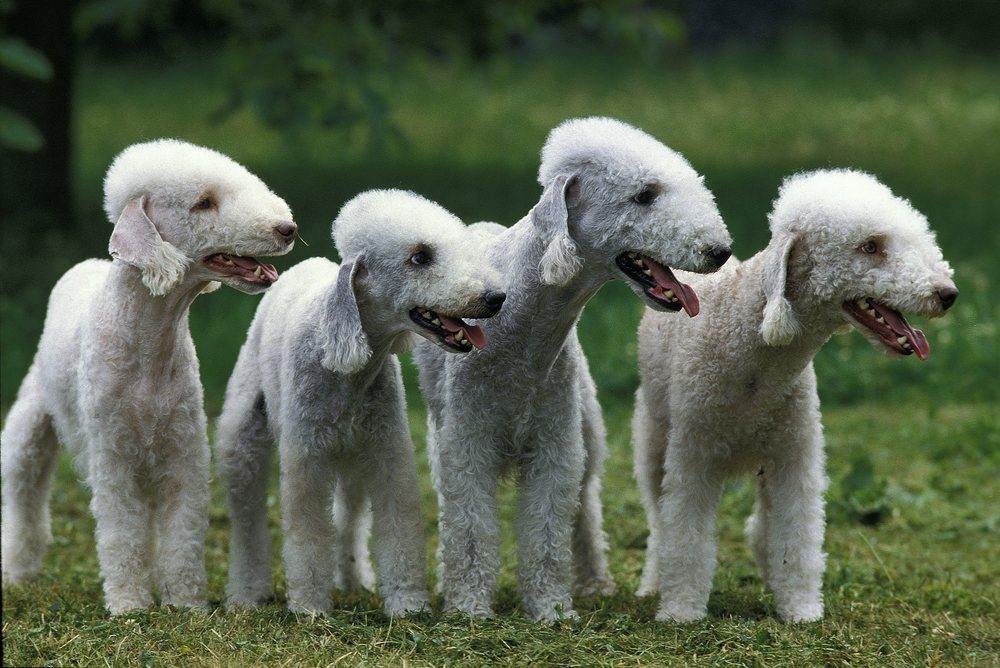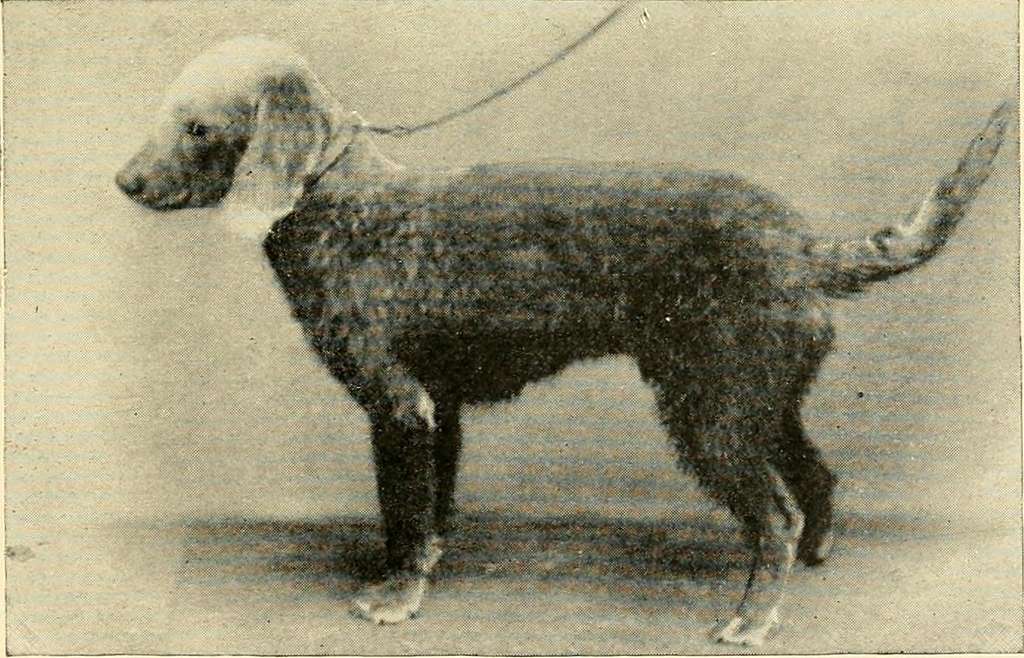
It is easy to become smitten with a “TV breed,” which is to say a magnificently groomed dog one sees on a televised dog show. Happily, most sensible TV viewers know their limits when it comes to ideas about their next dog based on what they see at a dog show. They are baffled by the cords of a Komondor or Puli, daunted by the coat of an Old English Sheepdog, and respectful of the talent required to prepare a Poodle or Bedlington Terrier for the ring. Some, however, might look at a Smooth Collie or Australian Cattle Dog and think: Doable.
The average person would be surprised to learn that more goes into preparing a short coated breed than one might think, and he or she might be even more surprised to learn that for those of us who live and love these breeds, the coat is usually a minor point. The breed we, ourselves, love is a highly intelligent dog with a wicked sense of humor and streak of larceny a mile wide. That it comes packaged in cords is incidental. A clipped-down Puli is no less a Puli.
That said, a hundred or more years ago, the worst slur one could hurl at a chap at the local public house was to insult his dog’s appearance, and we cite no less an authority than Vero Shaw, author of “The Illustrated Book of the Dog” first published in 1879. Considered one of the most influential dog books of the 19th century, it reminds us of the humble origins of many of today’s specially groomed breeds, dogs, for example, like the Bedlington Terrier. Shaw paints a vivid picture of “doggy men” living in industrial areas of England such as the mining town of Bedlington, Northumberland in North East England. Coal in the area attracted miners, and almost every miner had a ‘poop,’ a local vernacular term for dog. That ‘poop’ was likely to be a Bedlington Terrier.

Bedlington Terrier, Jack Warkwortli; from Kennel secrets : how to breed, exhibit, and manage dogs: Author: Perry, Joseph Franklin, 1904. From public domain.
After work and in the company of his ‘poop,’ dog and master hunted together, slept together, and visited their “local.” Shaw describes the scene: “It is no uncommon sight to enter the tap-room of a north-country public-house and see as many dogs as men in the room, and all apparently equally interested in the evening’s proceedings. The greatest insult which can be put upon such a master is a reflection upon his dog’s appearance and gameness; and as for mistreating them, a stranger had better injure “Georgie” than hurt his his dog. ‘If thau poonch’ ma dog, ‘arl poonch thee’ is proof of the miner’s love for his Bedlington, and is no uncommon threat in the neighborhood where this breed is mostly found.”
It was from these unassuming surrounds that the Bedlington eventually made its way to the United States. As far as we know, the first Bedlington Terriers came to America around 1880 when J.W. Blythe of Iowa imported two bitches who were shown at a St. Louis dog show. Blythe’s bitch, “Young Topsy,” was the top dog in the breed division of the Rough Haired Terrier Class.
The first Bedlington registered with the AKC’s Stud Book, however, was “Ananias” owned by Canadian, W.S. Jackson who was registered the dog in 1886.
William H. Russell of Manhattan and upstate New York also owned a Bedlington Terrier named “Tick Tack” who became the first Bedlington Terrier champion. Russell also bred the first American-bred champion, “Qui Vive.”
Real inroads for the breed were made by Anthony and Anna Neary who arrived in Pennsylvania with their terriers from Bedlington in 1929. After seeing the Nearys’ success at the Westminster Kennel Club dog show, Standard Oil heir, William Rockefeller, offered Anthony Neary the position of kennel manager for his Rock Ridge kennel and operate his Bedlington Terrier breeding program.
The Rockefeller/Neary combination was a spectacular success. They produced numerous champions over three decades including Ch. Rock Ridge Night Rocket who had one of the top show careers of any dog of any breed at the time. At just over twelve months old, he won Best in Show at the prestigious Morris & Essex Kennel Club show in 1947, then did it again a year later. And for good measure, “Rocket,” handled by Anthony, won Best in Show at Westminster in 1948 which landed him in the pages of LIFE magazine. Used sparingly as a stud dog, Rock Ridge Night Rocket still sired 36 champions in a short and limited career. His success led to a significant increase in the breed’s popularity.
As you can see from the images, grooming changed a lot from the “poop in the pub” to the show coat.
Top image: Bedlington Terrier by slowmotiongli/Depositphotos; Vero Shaw’s book book was published in 1881, which is well before 1924. Works published in the United States before 1924 are in the public domain
